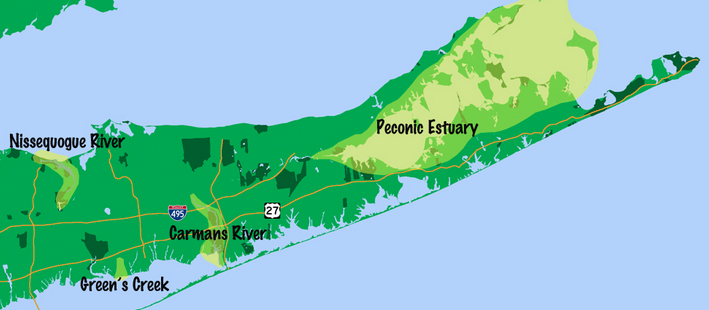Science students from Sachem High School North will participate in the “A Day in the Life of Nissequogue River” program next week.
Students and teachers from 35 schools in 26 Long Island school districts will be engaging in hands-on science exploration on three of Long Island’s four major river systems during these one day events, according to a release from the program.
Sachem North students will be sampling at the mouth of the Nissequogue River, at Sunken Meadow State Park. While the main objective is to participate in “A Day in the Life” program, they will also be collaborating with professionals from NY Sea Grant, New York State Parks, and NYS Department of Environmental Conservation (NYS DEC) to aid in ongoing monitoring of a tidal creek restoration project, according to Sachem North Environmental Science teacher Monica Marlowe.
“This field trip is a great opportunity for students to experience authentic fieldwork, make contacts with environmental science professionals, as well as experience, first-hand, the ecology of the Long Island Sound,” said Marlow. “My hope is, that by immersing students in hands-on, authentic field research, then they will be more likely to continue scientific engagement and environmental advocacy in their future.”
Other notes about the trip
- The purpose of the outing is to help students develop an appreciation for and knowledge of Long Island’s River and estuary ecosystems, to collect useful scientific data in regard to the status of associated surface waters and to allow students to become stewards of water quality and natural resources.
- Not just a mere field trip, a “Day in the Life” allows students to collect firsthand information about their communities, gain knowledge about natural resources and explore how their piece of each river and estuary fits into the larger ecosystem. Environmental educators will work with students at each site and findings will be posted online within days of the event.
- Students will examine the physical and chemical aspects of each aquatic ecosystem, such as where freshwater and salty seawater meet, the amount of sediments in the water, nitrates, phosphates, and turbidity and oxygen levels, as well as conduct biodiversity inventories of the flora and fauna in and around the rivers and estuary.

